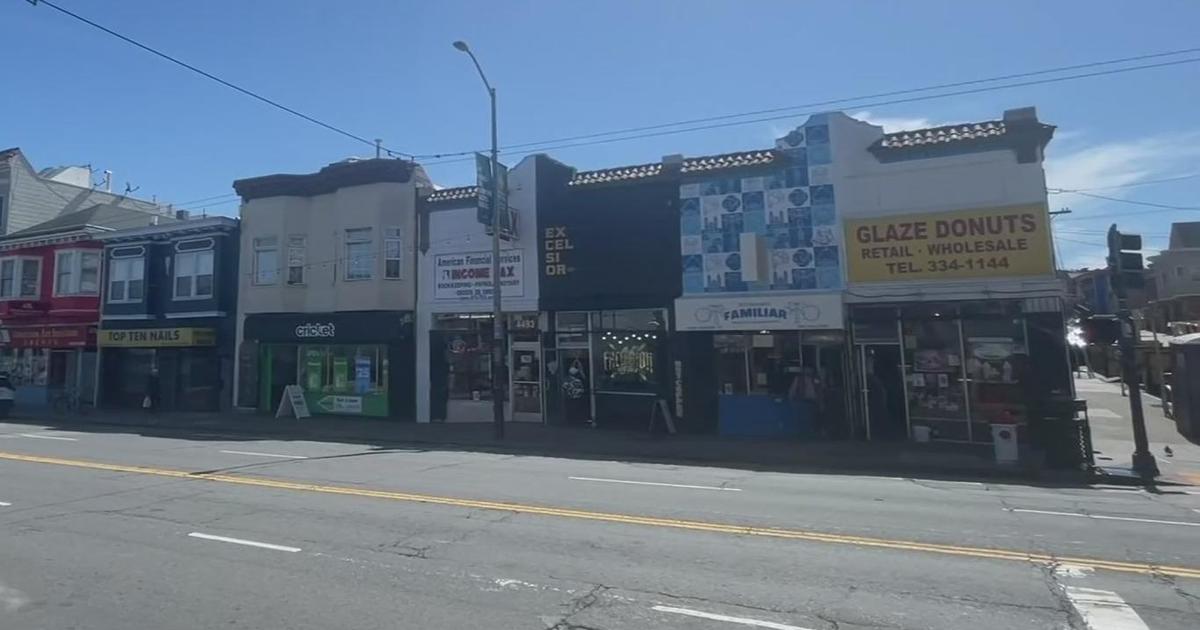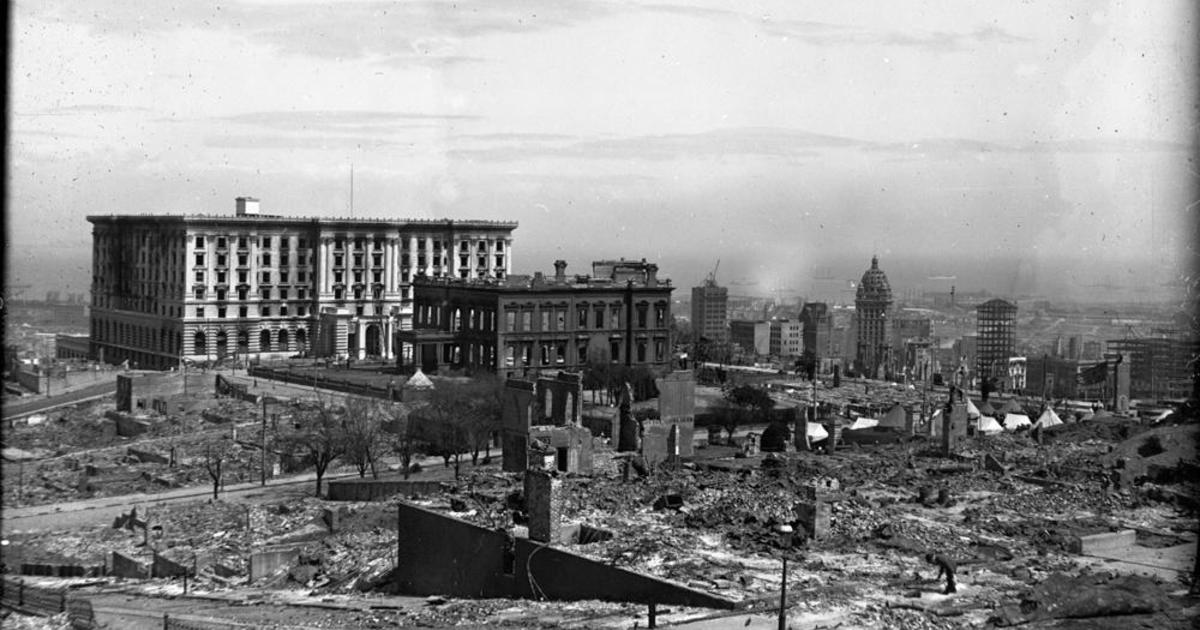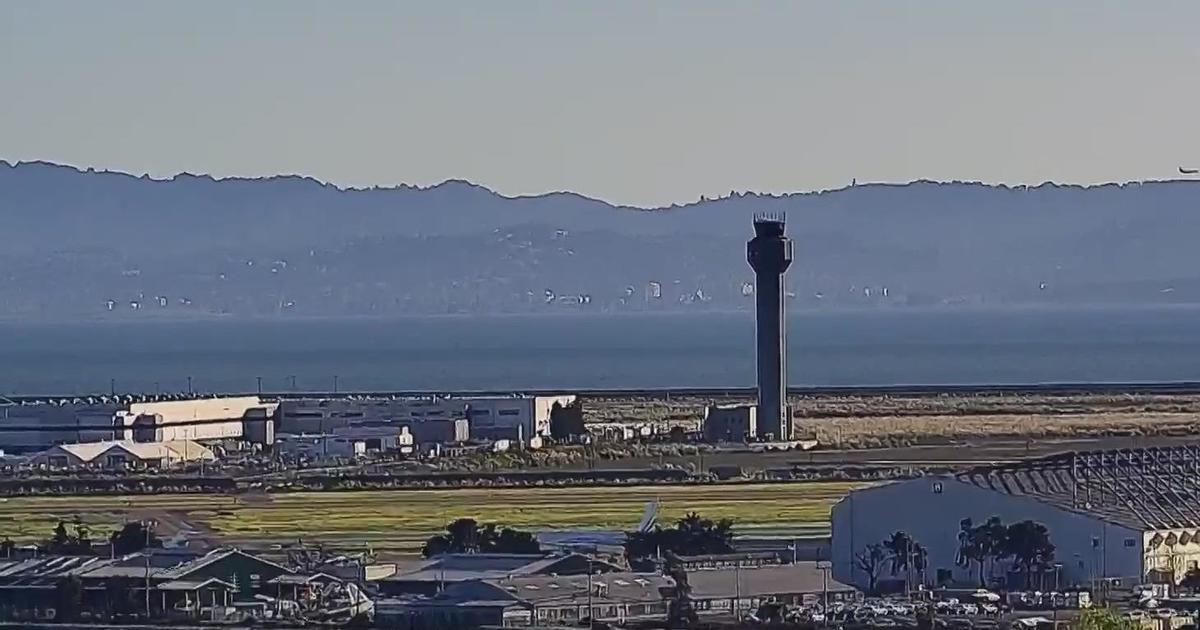Mounting Disasters Strain FEMA's Ability to Deliver Promised Relief
(KPIX 5) -- In the wake of a federal disaster declaration, the Federal Emergency Management Agency (FEMA) is expected to help states, cities, and counties cover long-term rebuilding costs. Sometimes, those payments can take years. And now, a string of large-scale disasters across the United States means FEMA could have a hard time making good on all of those promises.
Lake County's devastating Valley Fire in 2015. The South Napa Earthquake in 2014. Floods in Tennessee in 2010. All disasters that have one thing in common, the communities affected are still waiting on relief money promised by the federal government.
"I thought, 'federal disaster area, president signs, money flows,'" said Congressman John Garamendi. "It doesn't work like that."
Garamendi represents Lake County, where the Valley Fire killed four and destroyed more than 1,300 homes. He said FEMA's primary objective in the immediate wake of a disaster is to get money moving quickly. "And it does for the initial emergency," he said. "We get fire trucks from Idaho, and thankfully that does happen."
As time passes, however, FEMA checks tend to come more slowly. Communities that front rebuilding expenses on the promise of a 75-percent federal reimbursement often end up waiting years for those dollars, leaving critical holes in local budgets.
"I first heard about this from a county supervisor in Calaveras County who said we need your help," Garamendi explained. "Same thing in Lake County. I wasn't aware the federal government wasn't good for paying its debts. $4.1 billion owed to local government entities in the state of California now. Some of this dates back, 10, 15, even 20 years."
This problem, delays in rebuilding funds, is simply the result of how FEMA's spending is approved and overseen by Congress. The agency prioritizes its spending through a process called Immediate Needs Funding, which diverts money from long-term rebuilding projects to focus on immediate, lifesaving response efforts. Every time the nation suffers another disaster, rebuilding checks are weighed against immediate needs, and it causes delays all across the country.
Hurricane Matthew caused devastating floods across the Carolinas last year, but just last month, FEMA temporarily froze those rebuilding payments because of hurricanes Harvey and Irma. The situation leaves the agency lurching from one event to the next, and long-term recovery funds back up like highway traffic as the nation absorbs one disaster after another.
Brock Long, chief administrator for FEMA, acknowledged the challenge while touring the fire devastation in Sonoma County. "The last 50 days have been unprecedented," Long explained. "FEMA is providing or has registered in our individual assistance system almost four million Americans in the last 50 days. If you combine Katrina, Sandy, Rita and Wilma, those hurricanes, we've exceeded in the last 50 days all of these combined."
So Napa, Sonoma, and Mendocino County now fall in line with disasters in Texas, Florida, and Puerto Rico. And unless Congress provides more funding for America's skyrocketing disaster tab, communities across the country may be left to rebuild largely on their own.
"When the feds have gone home, and FEMA is no longer here, the county, the city, the state, the local water district, they're left to rebuild the infrastructure, to put back in place the foundation so the community can put itself together," said Garamendi. "But the feds don't pay the bills."



